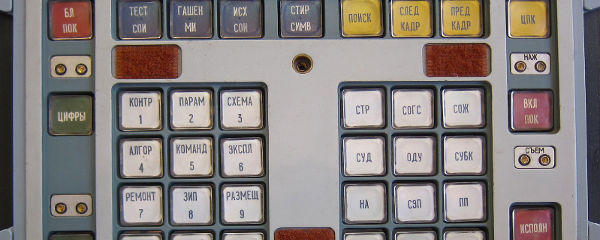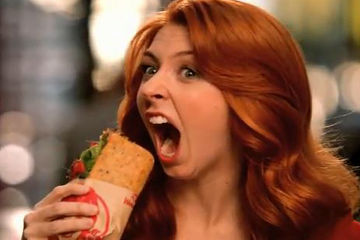What I’ve Learned:
“Quantum fluctuation: If you don’t see it, you know it’s working.”
Space is pretty empty. You might think you’d like it, if you could get out there away from the traffic and the neighbors and the unending stream of Wendy’s commercials. But empty space isn’t all it’s cracked up to be. There aren’t a lot of wifi hotspots in space, for instance. It’s tough to find a decent cheeseburger out there, too. Also, oxygen, which a lot of us like to breathe now and then. Space is woefully lacking in that.
To be fair, there are also a lot fewer Wendy’s commercials. So empty space isn’t all bad.
On the other hand, “empty space” also isn’t all “empty”. That’s because of quantum fluctuation, tiny twitchy changes in energy coming and going in the ether. There’s no chemical reaction or chain of cause and effect going on. It’s just the cosmos playing peek-a-boo to keep itself entertained.
Quantum fluctuation is sometimes described as a constant barrage of “virtual particles” winking into existence, and near-immediately bumping into a bunch of also-just-winked anti-particles, annihilating both back into nothingness. Like two women entering a swank party, seeing they’re both wearing the same “one-of-a-kind” dress, and beating the hell out of each other in the parking lot. Except one of them is made of antimatter, and nobody’s drinking champagne cocktails.
If that all sounds a little weird, then not to worry: this “virtual particle” business isn’t actually the way quantum fluctuation works, exactly. That’s just a trick physicists use to make the math look prettier. Like most things in quantum physics (and pretty much all of quantum field theory, which this also is), the truth is much, much weirder than the model suggests.
(Also, the burgers at Wendy’s don’t look anything like those sandwiches in the commercials. Just in case you’ve been wondering.)
Rather than virtual particles, which you could imagine but don’t exist, quantum fluctuations are more like jitters in the invisible quantum energy fields stretching across the universe. Those do exist, but they don’t look like anything, and make your brain hurt to think about. You might wish for a rogue anti-particle to fling itself out of the ether and put you out of your misery. But no.
Instead, focus on a few basics. Quantum fluctuation is a consequence of the Heisenberg Uncertainty Principle — which sadly (or happily, depending on your point of view) has nothing to do with a certain meth-peddling chem teacher trying to decide on which pair of tighty whities to wear. Instead, the principle states that it is impossible to know both the current energy and the change in energy in a quantum field at the same time. From this, it follows that there’s going to be jitter — and that it’s unpredictable, uncontrollable and inevitable. Where a field exists, there will be static. The entire universe is like a scrambled soft core porn channel.
Which would frankly explain an awful lot. But not the constant Wendy’s commercials.
Why are quantum fluctuations important? For one, random “jitters” in the very, very early moments of the universe may be responsible for the characteristics we enjoy today. For another, though some quantum fluctuation-predicted measurements are spot on, there’s a many-, many-, many-magnitude of order discrepancy between the energy density of empty vacuum and the observed behavior of the universe. This is called the “cosmological constant problem” and theory-wise, something’s got to give. Even Einstein tangled with it. It’s kind of a big deal.
So the next time you’re staring into empty space, just know that there’s a universally crucial fireworks display happening far below the scale that you can see. But if you could, what would you learn? Is it just static? Is there some pattern, a quantum remnant of the cosmos’ birth?
Or is it just playing another goddamned Wendy’s commercial? Because I totally bet that’s it. Figures.



